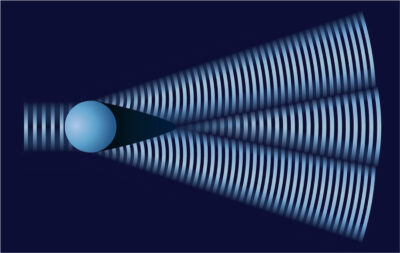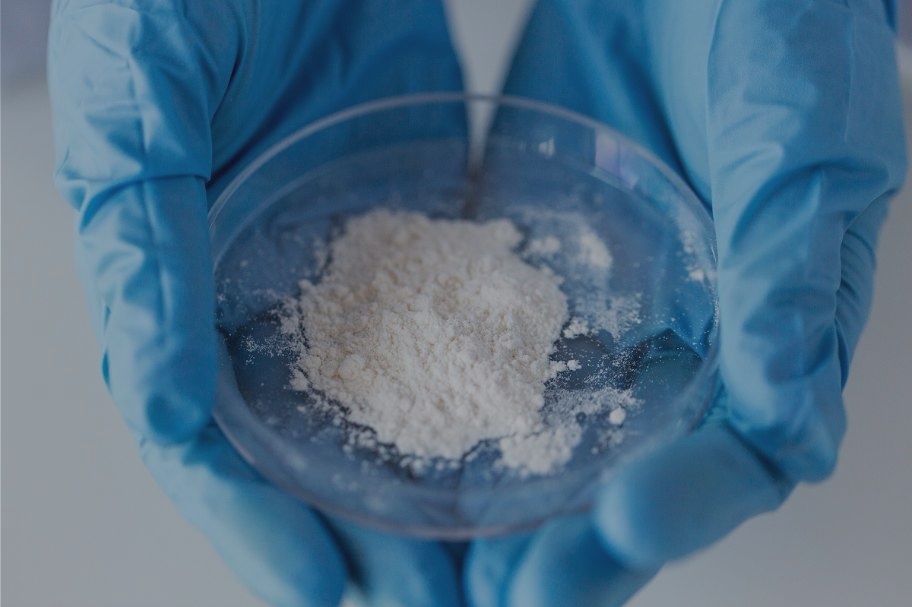Particle SIZE DISTRIBUTION: METHODOLOGY DEVELOPMENT BY LASER LIGHT SPREADING
As commented in our article on particle size distribution (PSD), the indication of a method for PSD analysis is necessary both to prove the efficiency and reliability of the test results and for formal submission to regulatory bodies. The development of a methodology for particle size analysis will depend on the properties of the substance itself and on the technique that best suits it, and these points must be technically evaluated on a case-by-case basis.
For a better understanding, we will comment on the importance of developing an adequate method, which methodology is most used and how these methods are validated.
IMPORTANCE OF THE DEVELOPMENT OF THE APPROPRIATE METHOD
It is important that the chosen technique is suitable for the substance to be analyzed, since there are inherent properties of each substance that may not be covered by the method developed, if this is not the most technically convenient.
For better elucidation, we can use as an example the importance of evaluating the particle size estimate (inherent property of the substance) and make sure that the measurement range served by the method will cover the expected range.
Some examples of properties that vary between techniques are:
- Flexibility
- Measuring range
- Operating speed
- Amount of sample needed to perform the analysis
- Sensitivity
When developing the method, it is important to make sure that the above properties – among others – will be able to satisfactorily assess the particle size of the substance to be analyzed. [[top]
MOST USED METHOD
Currently, the laser light scattering (LLS) technique is the most used in the routine of analyzing the particle size distribution of materials, due to its flexibility, wide and dynamic measuring range, operating speed, automation, utilization of a reduced amount of sample to perform the analysis and better sensitivity.

Illustration: Particle size analysis by the LLS method.
However, despite the ease of handling the equipment currently available on the market, the development of robust, safe methodologies with precise data (reproducible and repetitive) demands a rigorous and systematic analysis of the factors that can influence the results.
Here we have selected some aspects that should be taken into consideration when developing a particle size distribution methodology by laser light scattering:
- Previous study of the physical and chemical characteristics of the sample
- Choice of dispersion medium and optical model;
- Estimation of particle size and sample agglomeration capacity by microscopic techniques;
- Definition of sample preparation, dispersion and concentration;
- Parameters external to the equipment in the previous sample preparation;
- Equipment measurement conditions.
[[top]
METHOD VALIDATION
The validation of analytical methods in the pharmaceutical industry is established and documented by guides published by organizations such as International Conference on Harmonization (ME), ANVISA (National Health Surveillance Agency), FDA (Food and Drug Administration), as well as by Pharmacopeias [American (The United States Pharmacopeia – USP), European (European Pharmacopeia – EUPH), Brazilian (Brazilian Pharmacopeia – F.BRAS), Japanese (Japanese Pharmacopeia – JP), among others].
The compendium commonly used to standardize the laser light scattering particle size distribution technique refers to ISO (International Organization for Standardization) 13320, initially published in 1999, and its last revision occurred in 2020. This document deals specifically with the analysis particle size distribution by laser light scattering (PSD-ELL) and, in this context, presents adequate requirements for the development, analysis and validation of analytical methodologies for the referred technique. [[top]
Nanobusiness has infrastructure, technical capacity, and specialist with over 12 years of experience.


